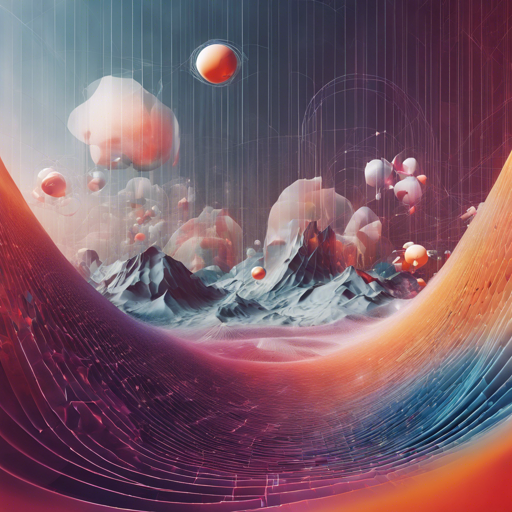Are you fascinated by the world of artificial intelligence and image generation? Then you’ll want to dive into MultiDiffusion, a cutting-edge framework that allows you to generate exquisite images using text prompts without requiring extensive training. In this guide, we’ll walk you through the steps to get started with MultiDiffusion while providing some troubleshooting tips along the way.
What is MultiDiffusion?
MultiDiffusion is a unified framework that enhances your ability to control image generation. Unlike traditional methods that demand costly retraining or fine-tuning, this innovative tool leverages a pre-trained text-to-image diffusion model. With MultiDiffusion, you can manipulate textures and add various scene effects, such as smoke or fire, seamlessly.
Step-by-Step Guide to Using MultiDiffusion
Let’s focus on how you can run the MultiDiffusion Text2Panorama feature. Follow these steps:
1. Install Necessary Libraries
- Make sure you have Python and the required packages installed, especially PyTorch and Diffusers.
2. Import Required Modules
After setting everything up, you’ll need to import the relevant modules:
import torch
from diffusers import StableDiffusionPanoramaPipeline, DDIMScheduler3. Set Up the Model
Now, you’ll need to configure your model as follows:
model_ckpt = "stabilityai/stable-diffusion-2-base"
scheduler = DDIMScheduler.from_pretrained(model_ckpt, subfolder="scheduler")
pipe = StableDiffusionPanoramaPipeline.from_pretrained(
model_ckpt, scheduler=scheduler, torch_dtype=torch.float16)4. Move to GPU (if available)
To speed up the process, transfer your model to the GPU:
pipe = pipe.to("cuda")5. Generate Your Image
Finally, you can generate an image using a prompt:
prompt = "a photo of the dolomites"
image = pipe(prompt).images[0]Understanding the Code Through Analogy
Think of MultiDiffusion as a talented chef who already knows how to prepare a variety of dishes (the pre-trained diffusion model). However, this chef possesses a unique ability: with a mere description of a desired dish (your text prompt), they can whip up a meal using an assortment of available ingredients (the various parameters and constraints). Instead of needing to relearn how to cook, the chef can adapt their creations fluidly based on the requirements, just like how MultiDiffusion allows you to generate tailored images quickly without retraining the model!
Gradio Demo
To see the magic of MultiDiffusion firsthand, you can launch a demo using:
python app_gradio.pyThis demo is also accessible on HuggingFace here.
Troubleshooting Tips
In case you encounter any issues while using MultiDiffusion, here are some common troubleshooting ideas:
- Make sure that your environment meets the required dependencies.
- Check the version compatibility of PyTorch and Diffusers.
- If the model doesn’t load, verify your model checkpoints and the specified paths.
- Ensure your GPU is properly set up and recognized by the system.
For more insights, updates, or to collaborate on AI development projects, stay connected with fxis.ai.
Conclusion
MultiDiffusion opens up exciting possibilities in image generation without the tedious process of retraining models. Whether you’re interested in creating stunning landscapes or augmenting scenes with special effects, this framework is designed for versatility and efficiency. At fxis.ai, we believe that such advancements are crucial for the future of AI, as they enable more comprehensive and effective solutions. Our team is continually exploring new methodologies to push the envelope in artificial intelligence, ensuring that our clients benefit from the latest technological innovations.

